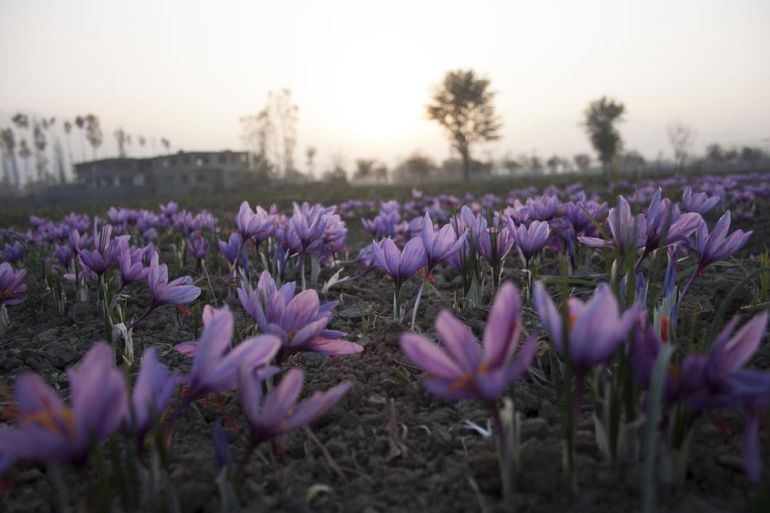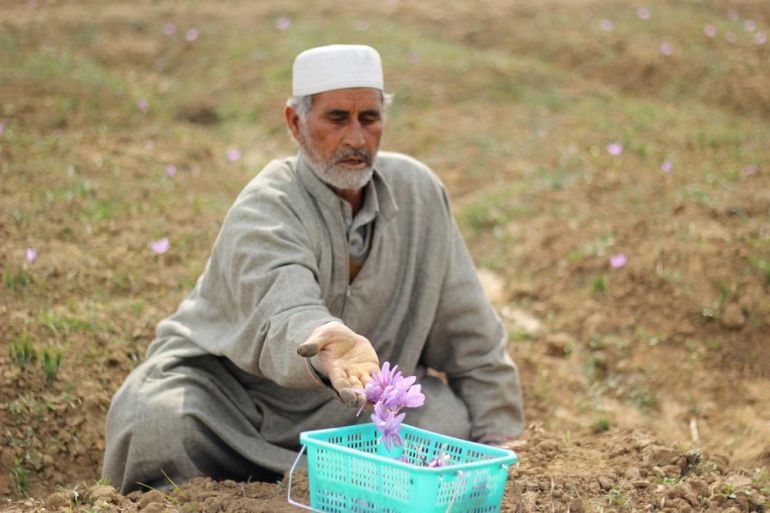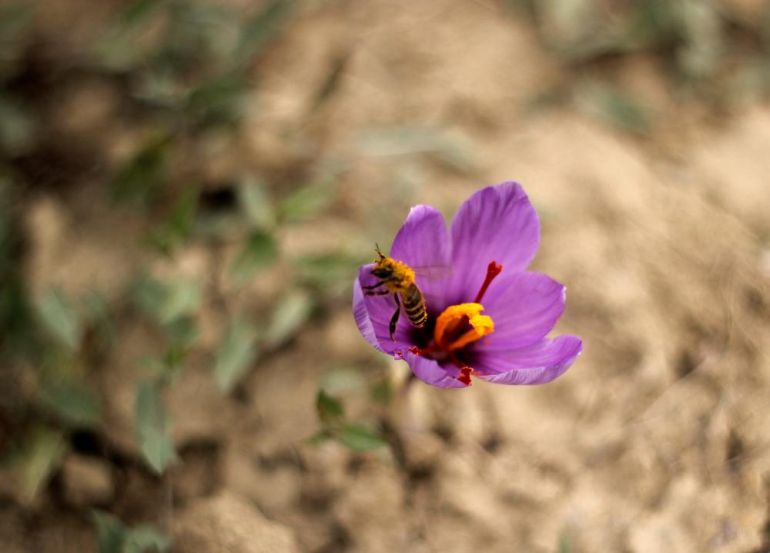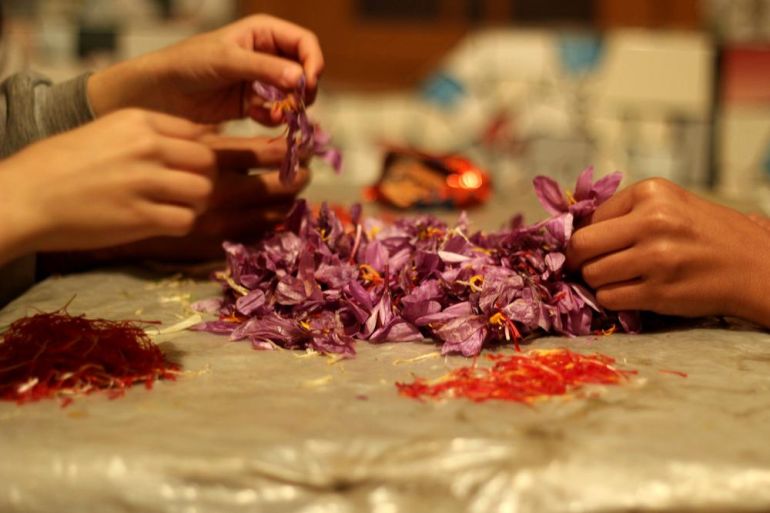In Pictures
In Pictures: Saffron blooms in Kashmir
Pampore in Indian-administered Kashmir is living up to its reputation as “Saffron Town” as harvesting season arrives.

Colour is virtually running riot in Pampore, an otherwise nondescript town in the Indian-adminstered region of Jammu and Kashmir, as millions of saffron flowers bloom.
India is among the world’s four biggest producers of saffron – a spice used in cuisine all over the world – and Kashmir is India’s prime producer. And within Kashmir, Pampore accounts for 80 percent of the produce.
And this autumn – with arrival of saffron harvesting season – Pampore is once again living up to its reputation as the ‘Saffron Town’.
Hundreds of men, women and children have descended on its undulating plains to pluck the saffron flowers, carpeting the floor.
Iran far outstrips India in saffron production. But Kashmiri saffron is known to have the edge when it comes to aroma, making it the costliest.
‘Red Gold’ as it is called, the cultivation of saffron is a lifeline for thousands in the troubled region rocked by two decades of insurgency. A good harvest is what they are all looking for, and there is a feel of festivity in the air as saffron is harvested, for processing and its onward journey to ultimately spice up palates.



















